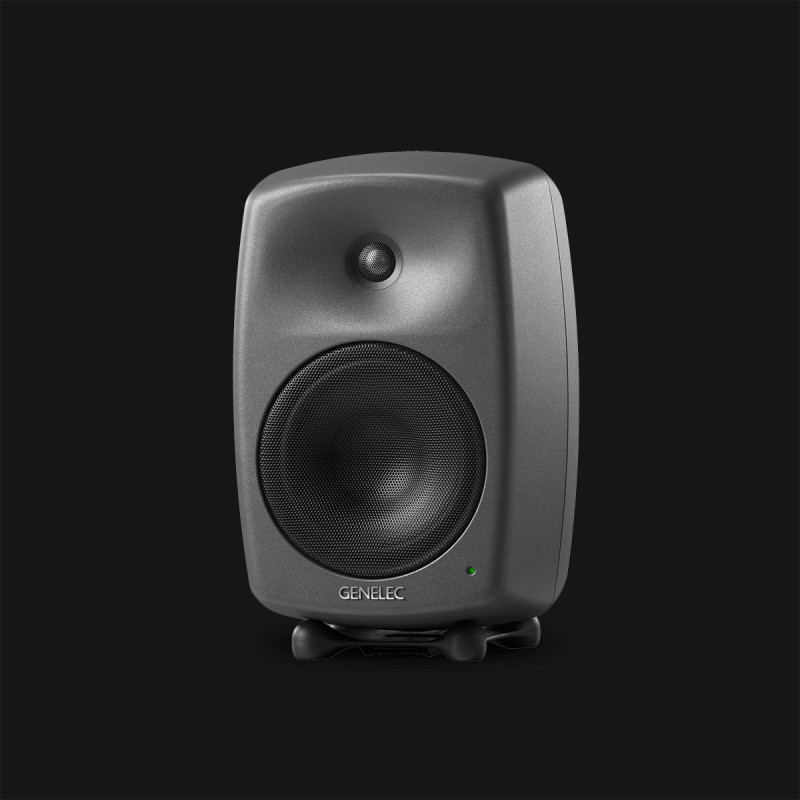- Joined
- Feb 5, 2019
- Messages
- 3,688
- Likes
- 4,069
Great review, most expected, Amir!
Still, those are expensive and for that price tag one can afford a pair of 8350 with 8'' woofer, for instance.
So, I see those good when space is an issue.
Seing the KH120 review one day would still be nice!
Still, those are expensive and for that price tag one can afford a pair of 8350 with 8'' woofer, for instance.
So, I see those good when space is an issue.
Seing the KH120 review one day would still be nice!


